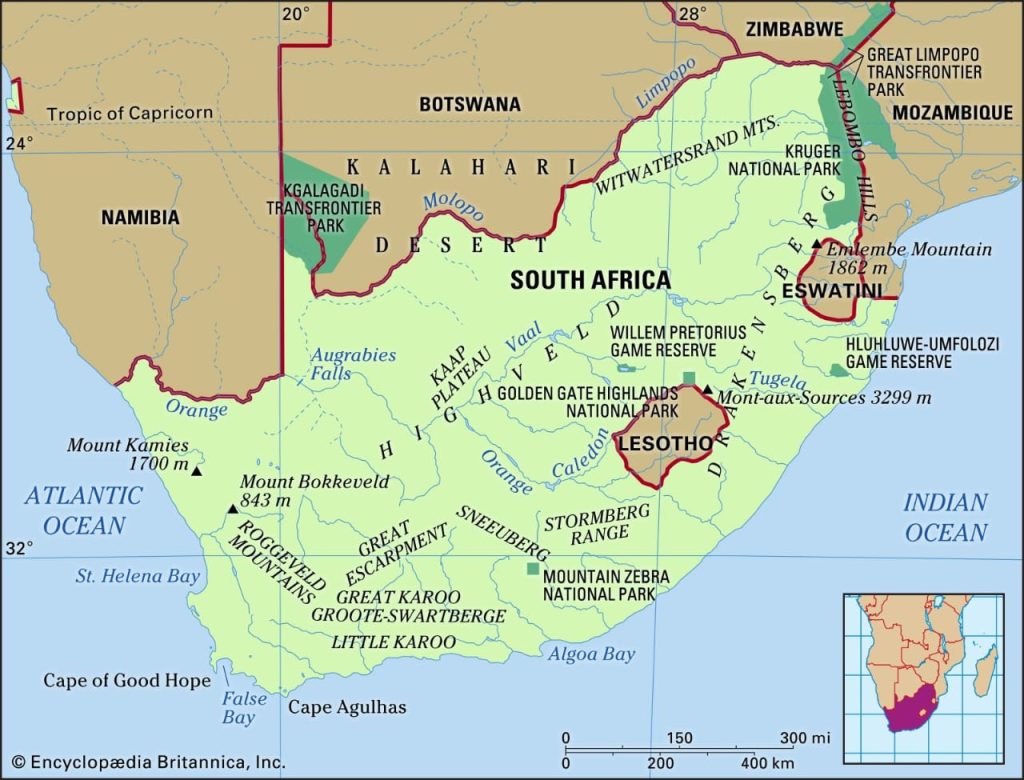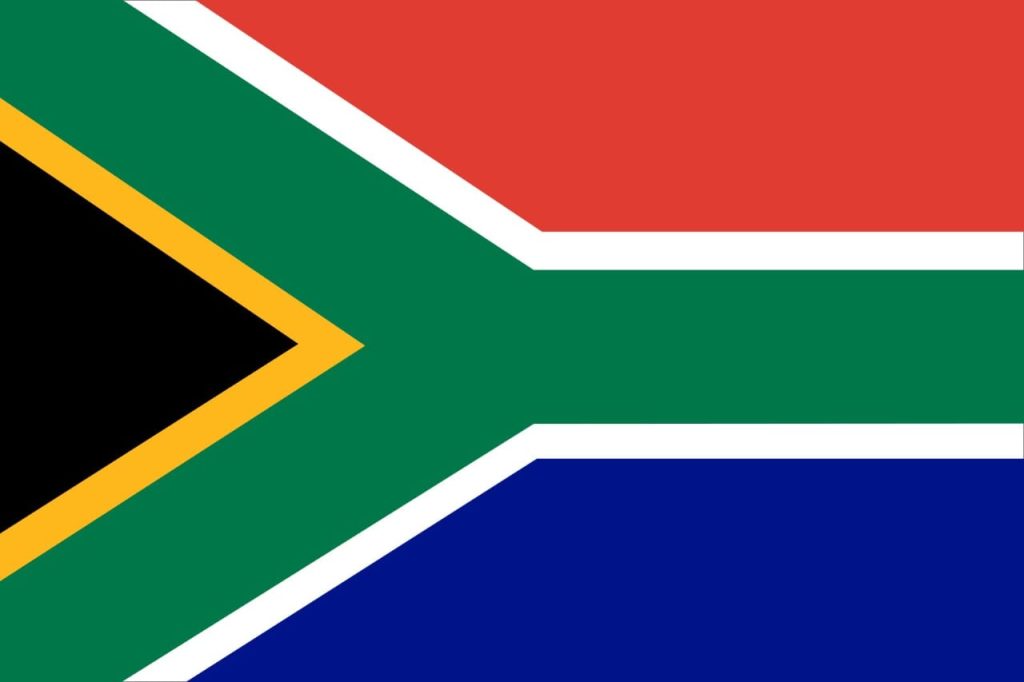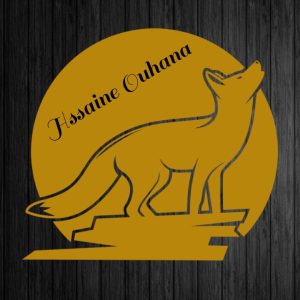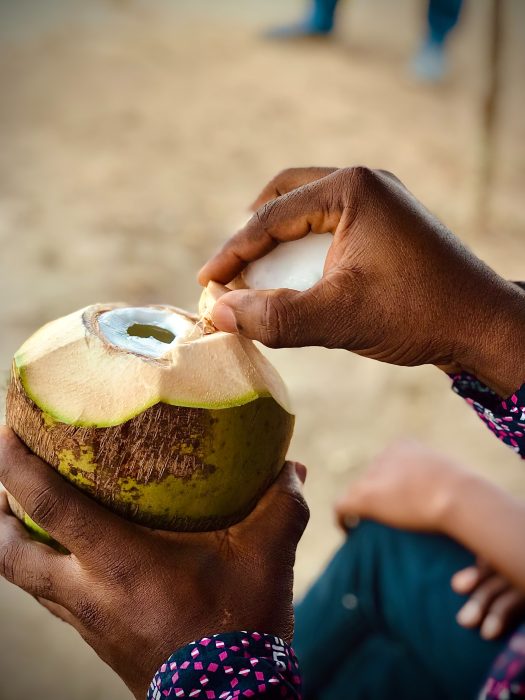The Republic of South Africa (Afrikaans: Republic van Suid-Afrika) is the southernmost country located in South Africa on map at the southern tip of the continent and is bordered by Namibia, Botswana, Zimbabwe, Mozambique, and Eswatini. Lesotho is also completely surrounded by the territory of South Africa. Its economy is the largest and most developed of all African countries, and modern infrastructure is present in almost all parts of the country. South Africa has the largest population of Europeans in Africa, the largest Indian population outside Asia, and the largest colored (black) community in Africa, making it one of the most diverse countries on the African continent.

The ethnic and racial conflict between the white minority and the black majority occupied a large part of the country’s history and policies. The National Party began to introduce the policy of racial segregation after winning the 1948 general elections, and it is the same party that began dismantling this policy in 1990 after a long struggle with the black majority and anti-racist groups from Whites and Indians. South Africa is one of the few African countries that have not witnessed a coup d’état. Free and fair elections have been organized since 1994, which makes the country an influential force in the region and one of the most stable democracies on the African continent.
The name “South Africa” is derived from the country’s geographic location on the southern edge of Africa. Upon its formation, the country was called the Union of South Africa, reflecting its origin in the union of four separate former British colonies. Since 1961, the official long name has been in English: “Union of South Africa”, and Republiek van Suid-Afrika in Afrikaans. Since 1994, the country has had an official name in each of its eleven languages.
Mzansi, which is derived from the Kosi name Omzantsi and means “south”, is colloquial for South Africa, while some pan-African political parties prefer the term “Azania”.



Leave a Reply